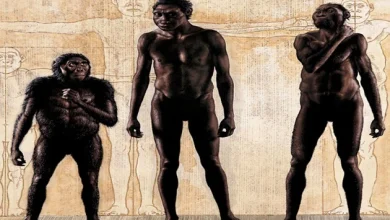10 weird discoveries in Africa that no one can explain

In Africa, there are weird discoveries that no one can give a proper explanation of how it comes into existence. These discoveries remain mysteries to the researchers. We listed 10 of the most strange and unsolved findings in the African that no one can explain.
Some strange things have been found in Africa, and they pose an unclear explanation of how they were formed or exist. Africa is the world’s second-largest and second-most densely populated continent. Given the enormous size of the black continent, it is no wonder that all sorts of strange things have been found buried within its boundaries. These are disturbing discoveries in Africa no one can explain.
Below are the ten weird discoveries in Africa
10. New human species (South Africa)
An ancient hitherto, unknown human species was discovered in a cave in South Africa where the bones of 15 hominids were exhumed. The fossils were found in an extremely difficult to access cave in Maropeng, near Johannesburg. The new species was named Homo Naledi and classified in the genus Homo, to which modern humans belong.
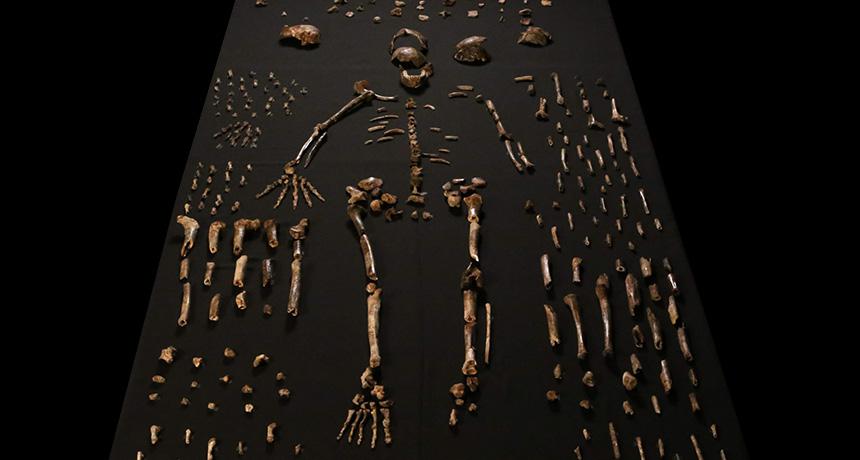
In 2013 and 2014, international scientists exhumed more than 1,550 bones belonging to at least 15 individuals, including babies, young adults, and the elderly. All have a homogeneous morphology, but the bones have not yet been dated.
9. Sky-blue stone (Sierra Leone)
Just when you thought geologists had discovered all the different types of stones and rocks in the world. Yet there is a lot to offer in Sierra Leone, West Africa. In 1990, a geologist and archaeologist by the name, Angelo Pitoni, discovered a mysterious blue stone in soil dating back to 12,000 BC. The pieces were sent to laboratories in Germany, Rome, Utrecht, Geneva, and Tokyo, and no one could provide an answer to what the aptly named sky-blue stone was.

What they could agree on, however, was that it was unlike anything they had ever seen, and then it wasn’t remotely similar to any rock. Surely it had to be artificial. What they did manage to find was that: it consists of oxygen, sodium, calcium, carbon, and silicon, which gives it a similar makeup to human-made products such as stucco or concrete. The mystery stone seems to only come from soil layers that date back to 12,000 BC, which means it could be a product from an ancient civilization that is yet to be discovered.
8. Quartzite (Madagascar)
In early 2019, researchers discovered a particular type of rock on a small island by Africa’s eastern coast and Madagascar. While any new rock discovery is exciting, this one is even more so it only shouldn’t be where it is.
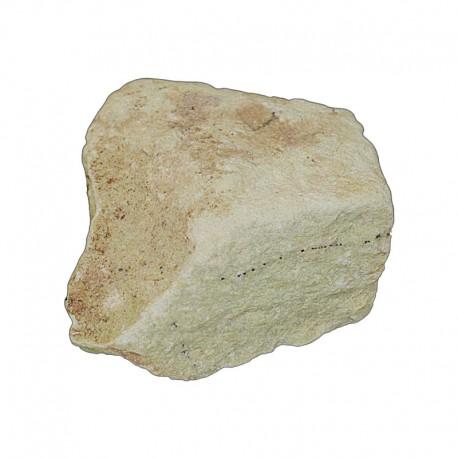
Columbia University researchers who were able to carry out the research, courtesy of a National Geographic Society, discovered the quartzite on the island when it’s traditionally only found in places with high pressures and temperatures. However, the researchers found that it made up half of a mountain on the island. But what is a mystery is finding quartzite where it shouldn’t be,
7. Stone circles of Senegambia
The Senegambian stone circles are thought to be the largest concentration of stone circles anywhere in the world, but there is still much that researchers don’t know about them. They span 200 miles of the River Gambia and have a radius of 62 miles. They are thought to be at least 1,000 stone circles and related items spread out over the area.
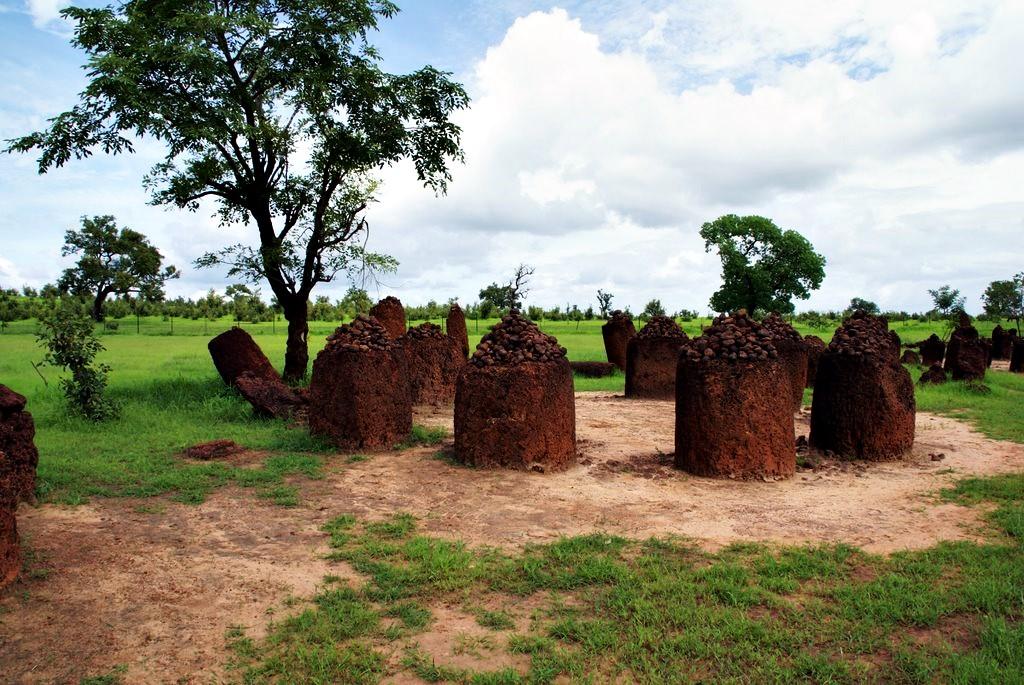
Researchers don’t know when they were built, only estimating them to be between 400 and 2300 years old. Alongside the stone circles, the area is also littered with stonework graves pieces of metal and pottery the stone circles are separated into four main areas with around 29,000 stones 2,000 smaller sites and 17,000 monuments dotted around them. The statues feature blocks and pillars while the stones stand apart by themselves or in rows, while researchers don’t know everything about the stone circles.
6. Ancient tools ‘lomekwi 3’ (Kenya)
The ancient tools in Kenya was a game-changer for a team of researchers. Stony Brook University’s archaeologist Sonja Harman and her team discovered stone artifacts which they called lomekwi 3. A year later, they prepared for a full excavation of the site. They found at least 20 artifacts such as flakes and anvils and 130 more on the surface. The great tools appeared to have been made then discarded on-site.

No human remains were found nearby, or animal remains with a weapon like marks on them. No one knows what the purpose of those tools was, but they are thought to be 3.3 million years old, predating the earliest tools ever discovered by 700,000 years.
5. The Dendera Light (Egypt)
There is a huge relief that shows a bizarre image on the wall of a temple in Dendera. It reveals, according to the reasonable interpretation, a snake in a giant fireball flying out of a lotus flower as a pillar holds it with human arms. It is a strange picture, but not only because the pillar has arms.
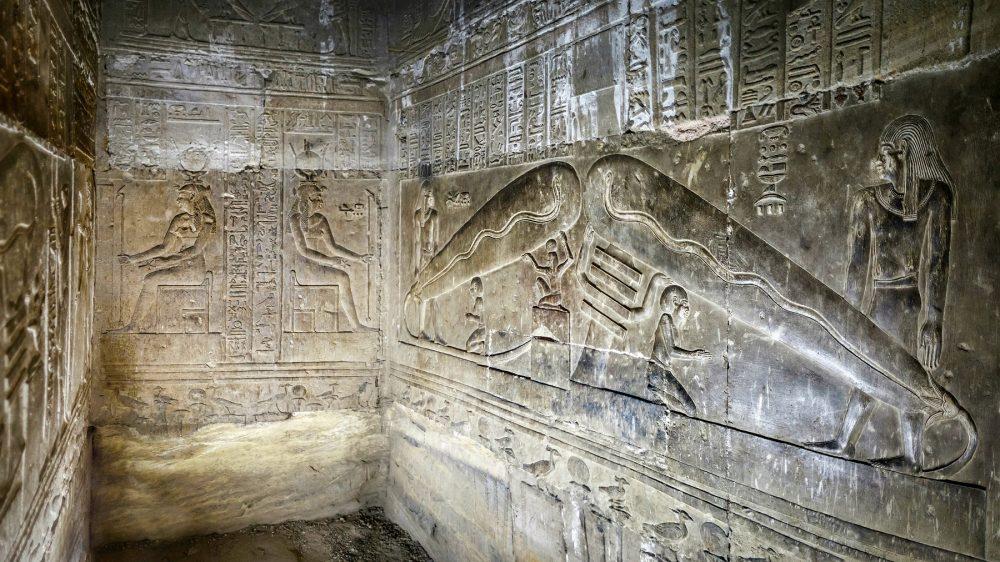
This particular room, which shows Dendera light is the only room in the whole temple that did not have fire lamps. Archaeologists have found remains that show that Egyptians burned lamps in every other part of the building except this one. So if they didn’t store an early version of a light bulb here, how did they see anything? And if the room was pitch-dark, why would they put such a complicated image on the wall?
4. Desert fairy circles (Namibia)
It’s like a desert version of crop circles but on a much larger scale. Namibia Desert in southern Africa is home to some somewhat strange fairy circles that have baffled scientists for years between luscious grasses that span for 1,100 miles.

It is a series of barren rings that are between 2 and 15 meters in diameter. Why is it that these circles exist, and why does grass grow all around them but not in the Rings? Scientists are starting to realize that there are two possible theories: plants could be fighting for survival, and that smaller plants can’t get the water and dies away at the edges of a patch of grass, creating gaps at regular intervals but while the grasses are competing for water?
Researchers believe that when termites burrow underground create tunnels and look for food, they destroy vegetation on the surface. They also fight for territory, which results in one colony taking out another. Either one of these theories could be correct.
3. The Hidden Chamber Of The Great Pyramid (Egypt)
Four thousand five hundred years ago, the largest pyramid of all was built for Pharaoh Khufu. It is a massive structure nearly 150 meters high, built with more than 2.3 million blocks of stone. And yet, until recently, it appeared to be three chambers inside.
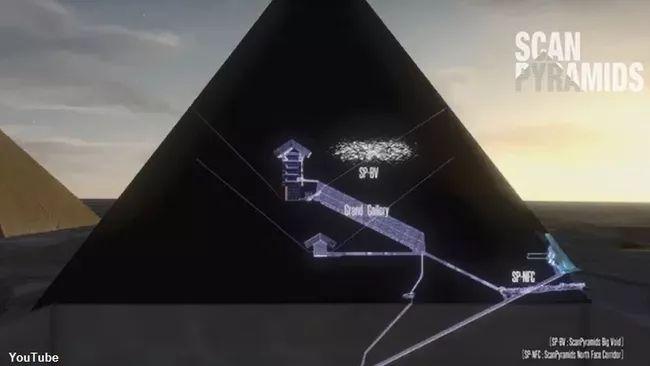
The weirdest thing is that the Egyptians deliberately built the hidden chamber to be entirely out of access. There are no corridors or connecting pathways. No one has seen the inside of the secret chamber yet or explain the reason behind the room.
2. Unidentified Queen Of Egypt
Some archaeologists discovered a grave of a woman buried between the Great Pyramids of the ancient Kingdom of Egypt in 2015. Her grave contained inscriptions that called her both ‘the king’s wife’ and ‘the king’s mother’.

Nobody knows who she is. Historians have called her “Khentakawess III,” assuming she was the daughter of Queen Kehntakawess II. They think she may have been Pharaoh Neferefre’s wife and Pharaoh Mekahur’s mother, but they don’t really know.
1. Stone circle at Mzoura (Morocco)
Their origins are a real mystery even today, and so is the stone circle in Mzoura. Mzoura means “Holy Place” in Arabic. The area is about 15 km south of the port of Asilah, not far from Tangier. The elliptical shaped tumulus at Mzoura has a diameter of 55 meters and is surrounded by 167 stone monoliths, the highest of which is about 5 meters high.

The residents explained that it has about 7 meters long stone under the surface. The megaliths were believed to be hammered and polished by hand. Their arrangement forms a perfect elliptical structure. But the discovered place remain mysteries that no one has ever tried to solve because the majority of these stories are fictitious.

